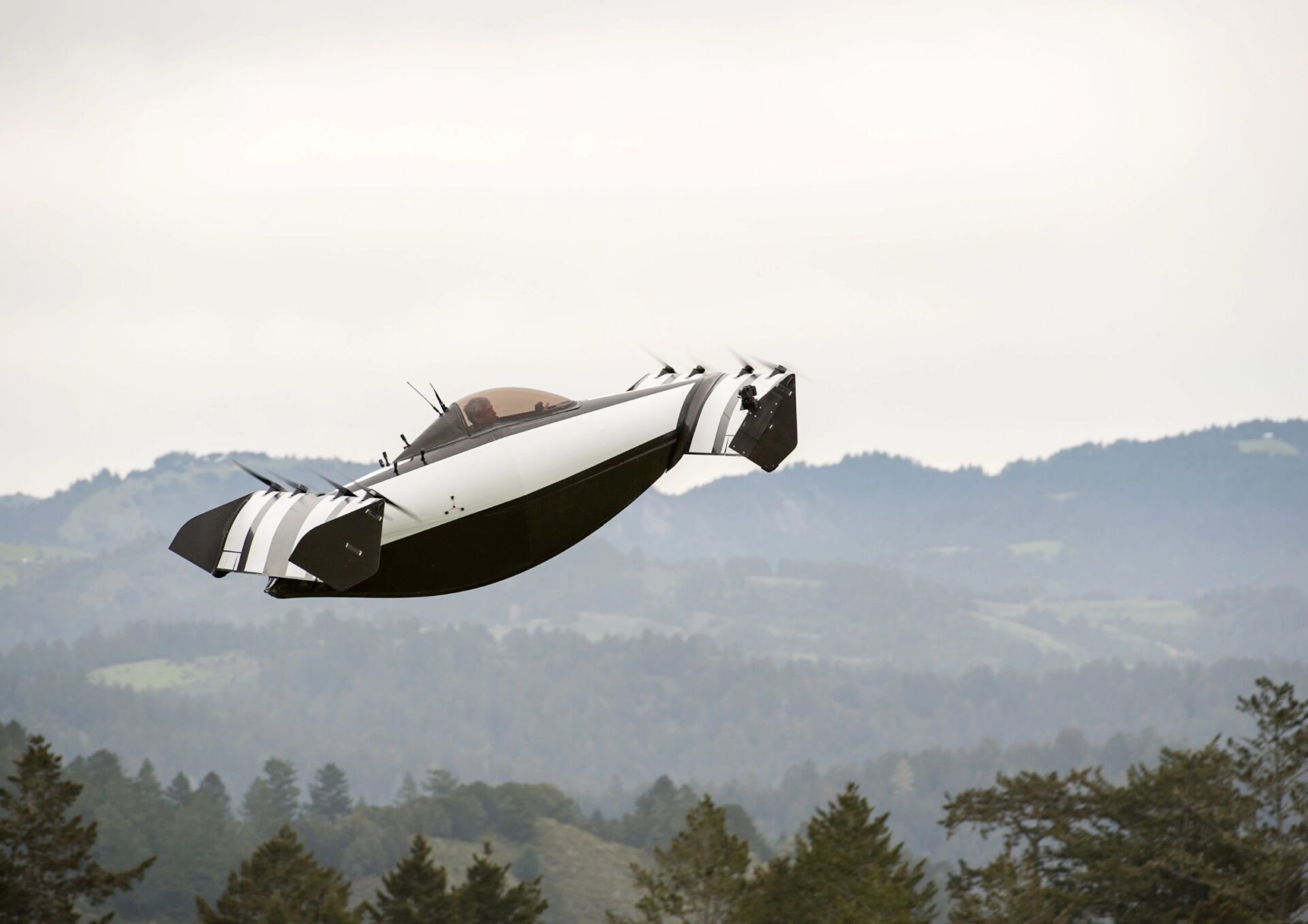Soaring a few hundred feet in the air, alone in a compact aircraft without any piloting experience, may sound like a nightmare to many. However, for me, flying solo has been a long-held dream ever since I watched Tom Cruise take to the skies in an F-14. Now, with Pivotal and several competitors in the emerging electric vertical takeoff and landing (eVTOL) market, individuals can unleash their inner Maverick with one-seat electric aircraft—no formal flight training required.
However, Pivotal, the Silicon Valley company behind this innovation, mandates a comprehensive 10-day training program as part of its purchase agreement. This program encompasses approximately 40 hours of flight training in a simulator, designed to ensure you thoroughly understand the aircraft before attempting to pilot it. This is followed by ten actual flights, allowing novice pilots to gain hands-on experience.
The aircraft I trained on, the BlackFly, is a pre-production version of the Helix. While it has been in development for 14 years, it is far more advanced than the prototype Marcus Leng first flew in 2011 to demonstrate that an affordable electric plane could revolutionize aviation. During a summer barbecue, the Canadian inventor strapped himself into a 14-foot-long, two-winged prototype, warning guests to stand clear as he powered up the electric engines and launched into a chaotic flight, barely ten feet above the ground, leaving divots in the grass. This initial flight proved the concept could work, and from that moment on, Leng continued to refine the design.
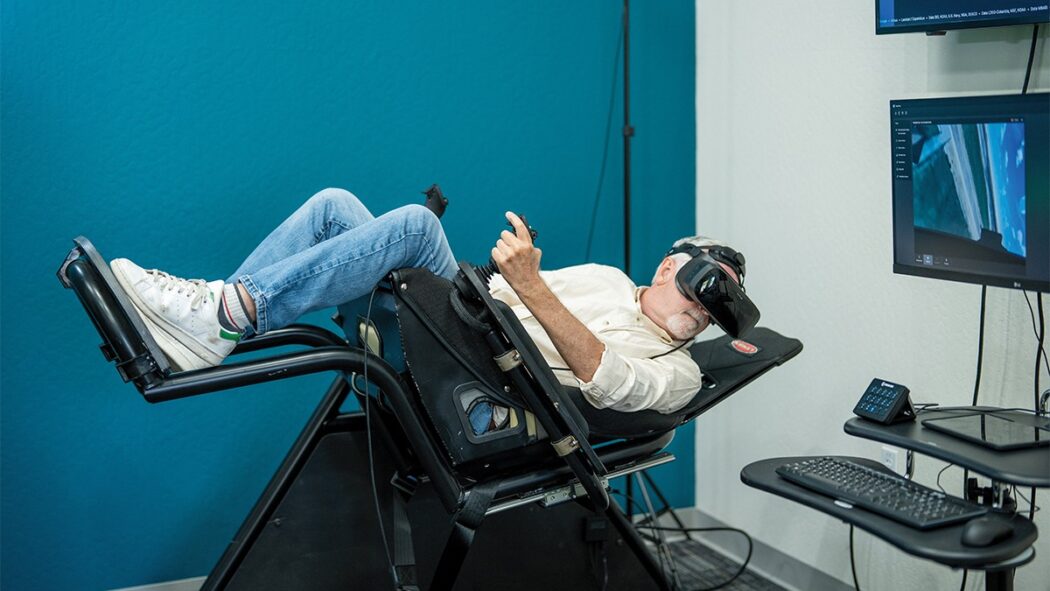
Today, after four iterations, 7,000 piloted flights, and 40,000 flight miles, the BlackFly has evolved into the production-ready Helix, which has a base price of $190,000. This is comparable to the cost of a Lamborghini Huracan, yet the Helix can soar over remote landscapes and skim across lakes at an altitude of 300 feet.
Pivotal, which is backed by Google co-founder Larry Page, relocated from Toronto to Silicon Valley in 2014 to leverage the region’s vast expertise in electric vehicle (EV) and battery technology. The company’s Palo Alto headquarters features two unassuming buildings that blend in with the neighborhood, but the magic begins just inside the front door. This is where I would spend the next six days in a climate-controlled simulator room, preparing for my journey into the skies. In the production area behind the scenes, several Helixes are being assembled.
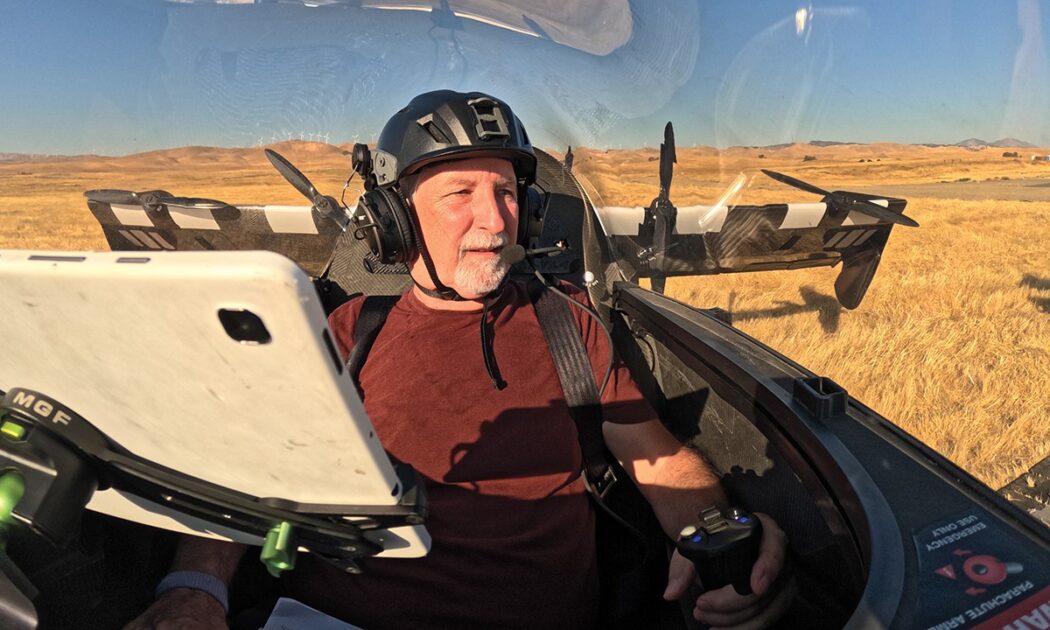
The BlackFly is designed to comply with the FAA’s Part 103 Ultralight category, which requires no formal flight training but has specific stipulations. For instance, the aircraft must have a maximum dry weight of 254 pounds, though the total weight with its ballistic parachute and flotation systems comes to 348 pounds. Additionally, pilots cannot exceed 220 pounds, and ultralight vehicles are restricted to a top speed of 55 knots (63.3 mph), with strict regulations against flying over populated areas.
As I progressed through the training, my trust in the machine began to grow, as did my confidence in my ability to operate it after the 40 hours in the simulator. John Gilbert, one of my trainers, aptly described the experience: “At first, it’ll feel like you’re drinking from a firehose.” He and his colleague, Sabrina Alesna, who led the training sessions, are both FAA-certified flight instructors with extensive experience teaching first-time pilots on various aircraft types.
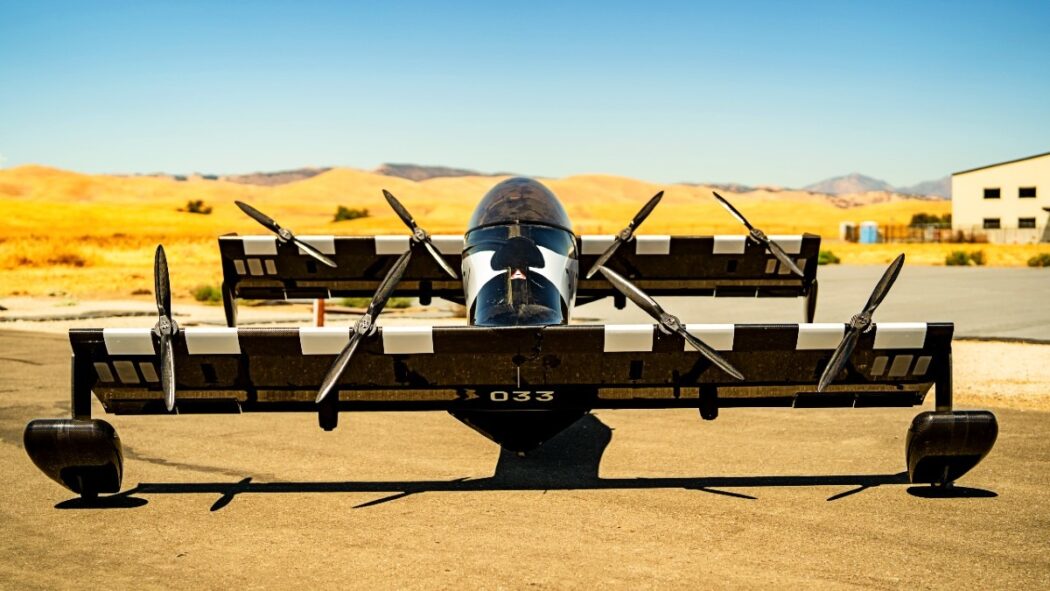
Gilbert’s words rang true; initially, I struggled to adapt. As a non-gamer, manipulating the joystick felt foreign, and the virtual reality (VR) goggles, which simulated the pilot’s view from the cockpit as I flew over a digital airport, made my stomach churn for the first few days. Gilbert adopted a good cop-bad cop approach, encouraging me while also highlighting errors that could lead to accidents. Each flight concluded with either a “good job” or a “let’s try that again,” depending on my performance.
Gradually, I honed my skills with the joystick, the sole flight control for the BlackFly. Alesna emphasized that maneuvering did not necessitate a vice-like grip or erratic movements. The 19 lessons covered essential takeoff protocols and hover/cruise transitions through repetition, along with training for emergency scenarios such as engine failures and GPS outages. Gilbert also introduced challenging wind conditions to keep me alert, with each lesson culminating in a final exam flight requiring precision in altitude and heading.
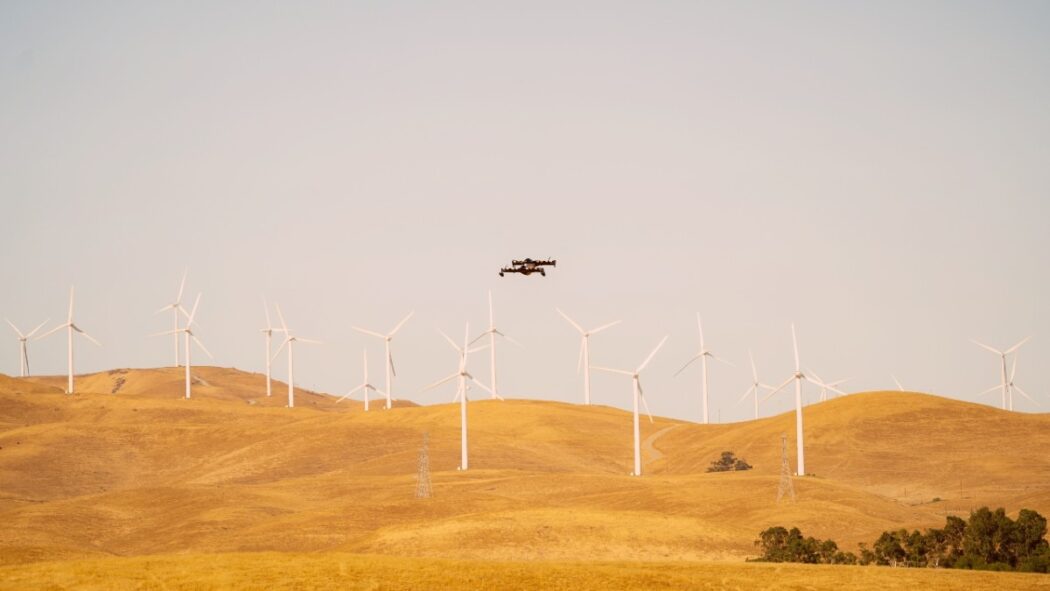
One of the key innovations of the BlackFly is its fly-by-wire controls, commonly used in fighter jets and now eVTOLs. This system acts as an invisible co-pilot, compensating for wind shifts and attitude changes while continuously monitoring critical factors such as wind, altitude, and engine performance. Greg Kerr, the director of Product Marketing and a former Tesla engineer, emphasized that the aircraft is designed for simplicity while incorporating sophisticated technology. The BlackFly features triple redundancies with three flight controllers, each with independent connections to the motors to mitigate potential failures.
After completing the simulator training, we transitioned to Byron, a rural airport about an hour from Palo Alto. Having flown over a virtual replica of this airport for days, I was both excited and anxious. It’s one thing to make a mistake in a simulator; it’s another entirely to face the reality of flight. Gilbert could monitor my cockpit instruments from the ground, but he couldn’t intervene if I encountered trouble—it would be solely up to me to pilot the aircraft.
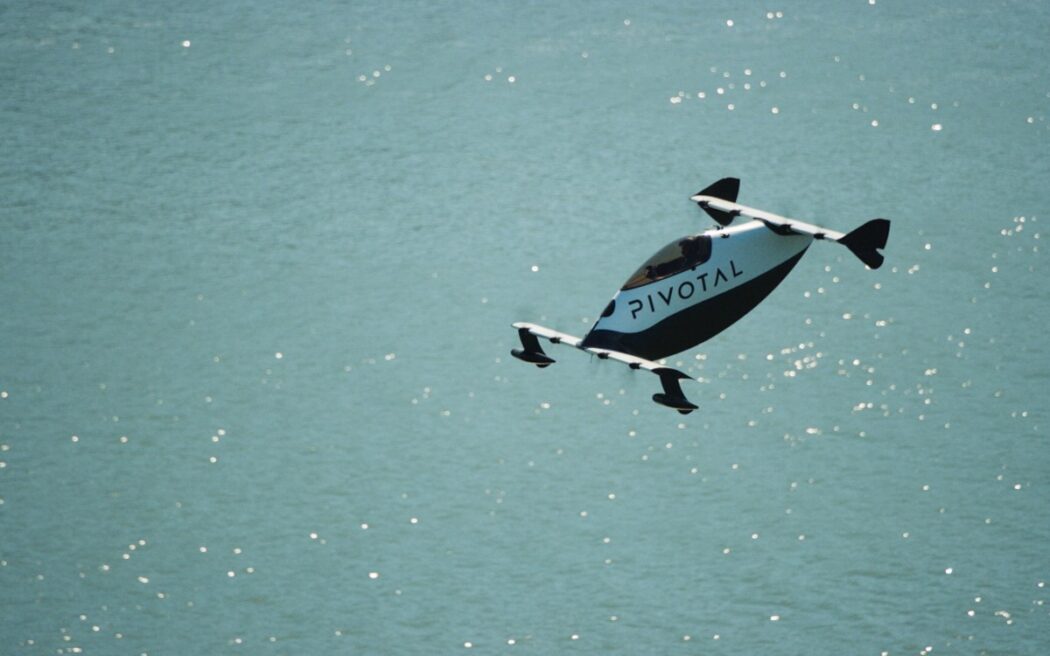
The BlackFly’s distinctive oval shape, rectangular wings, and eight propellers give it a futuristic appearance, reminiscent of a shuttle from early Star Trek episodes. As I prepared for my first flights, I felt the weight of my responsibility and the thrill of the experience ahead.
The initial flights were brief, hovering for just a minute and executing basic patterns. The exhilaration of taking off at a steep angle, with nothing but blue sky ahead, quickly replaced any apprehension. Although vertical landings felt unusual in practice, my training kicked in, and I successfully completed the maneuvers, landing the BlackFly smoothly on the designated pad.
As I gained confidence, the flight duration increased, transitioning from hover mode to cruise mode, flying circuits around the airport. While maintaining a 250-foot altitude and approximately 50 mph, I constantly monitored the instrument panel for any warnings. Despite a couple of moments where the engines stuttered, the fly-by-wire system adjusted the propeller speeds, ensuring a safe descent.
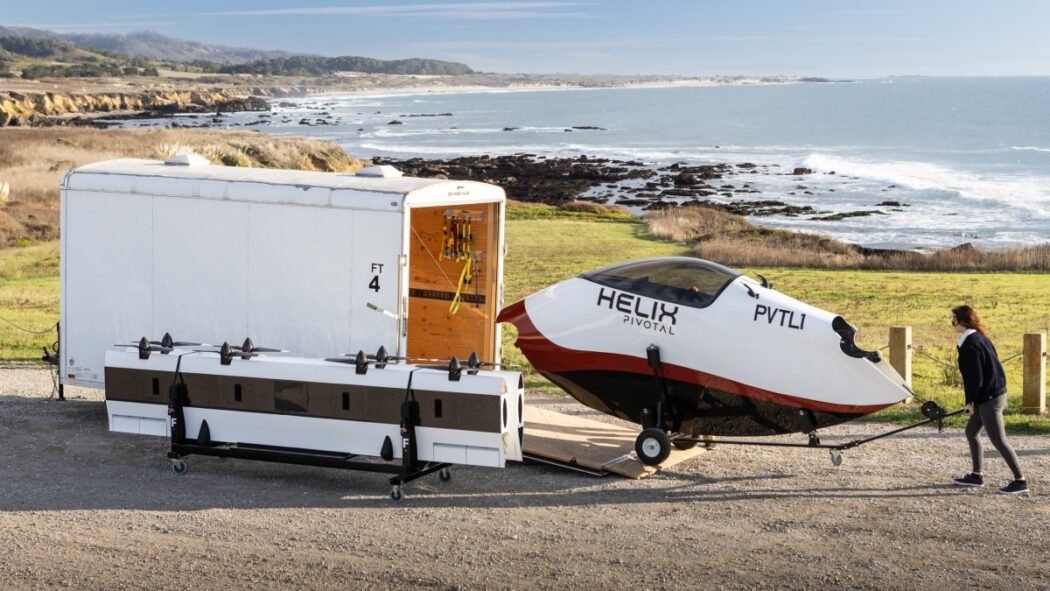
The stats of the BlackFly may seem modest compared to other aircraft—its ceiling is 4,600 feet with a limited range of 20 minutes or 20 miles—but these factors offer ample opportunity for adjustment and an enjoyable flying experience. Tim Lum, the first BlackFly owner, shared that he had completed over 450 flights, highlighting the aircraft’s practicality and affordability in charging costs.
By my fifth flight, I fully embraced the fun aspect of piloting. I marveled at the picturesque landscape below, spotting cows grazing and real people going about their lives as I soared overhead. With a well-charged battery, I decided to extend my final flight, completing an additional circuit before coming in for a smooth landing, even compensating for being slightly high.
The BlackFly’s design features an all-carbon-fiber composite structure, with aluminum and titanium reinforcements. While the exterior is sleek, the interior remains minimalistic, outfitted with only a hard seat and a mounted iPad for controls. The upgraded Helix boasts better fit and finish, with additional features such as landing cameras, beacon lights, and advanced chargers.
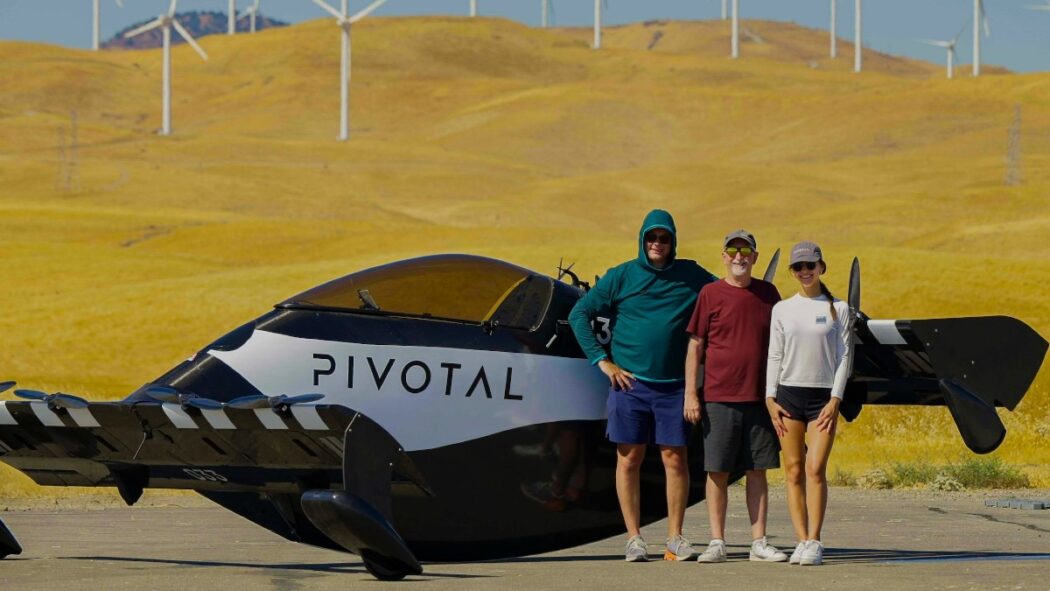
Would I consider buying one? Possibly, if I had the necessary land and funds. I was genuinely impressed with the professionalism and enthusiasm exhibited by the Pivotal team. The dedication to bringing the Helix to market was evident in every interaction. Importantly, they did not rush the development process; it took ten years and countless hours to create the BlackFly, with Pivotal maintaining secrecy until 2018 when they felt ready to unveil their innovation.
The ultimate measure of any experience is whether I would want to repeat it. Initially, I anticipated this training would be a one-time endeavor, but within two days, I found myself wishing for another chance to take flight. The journey had just begun, and the thrill of flying was an adventure I was eager to continue.


